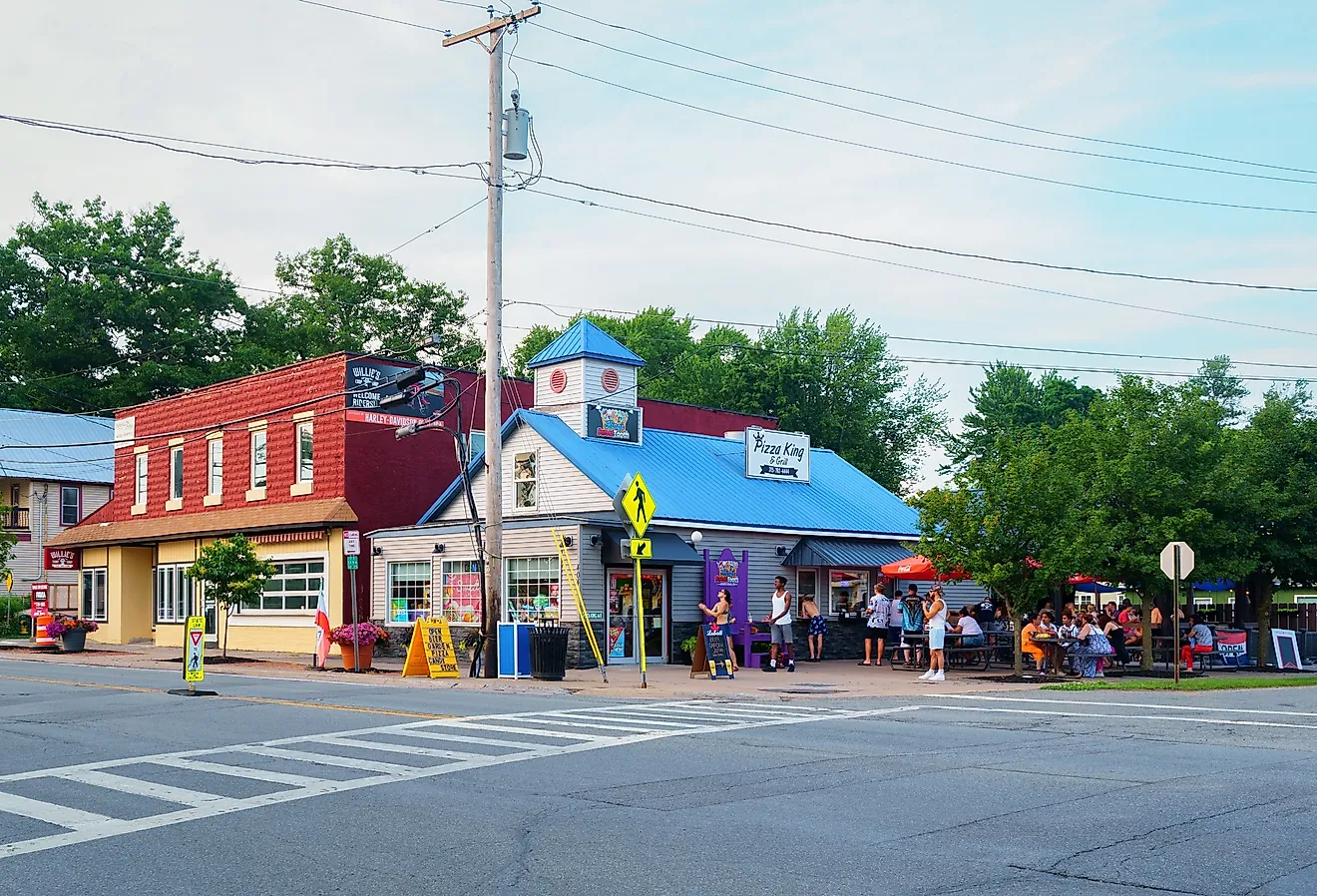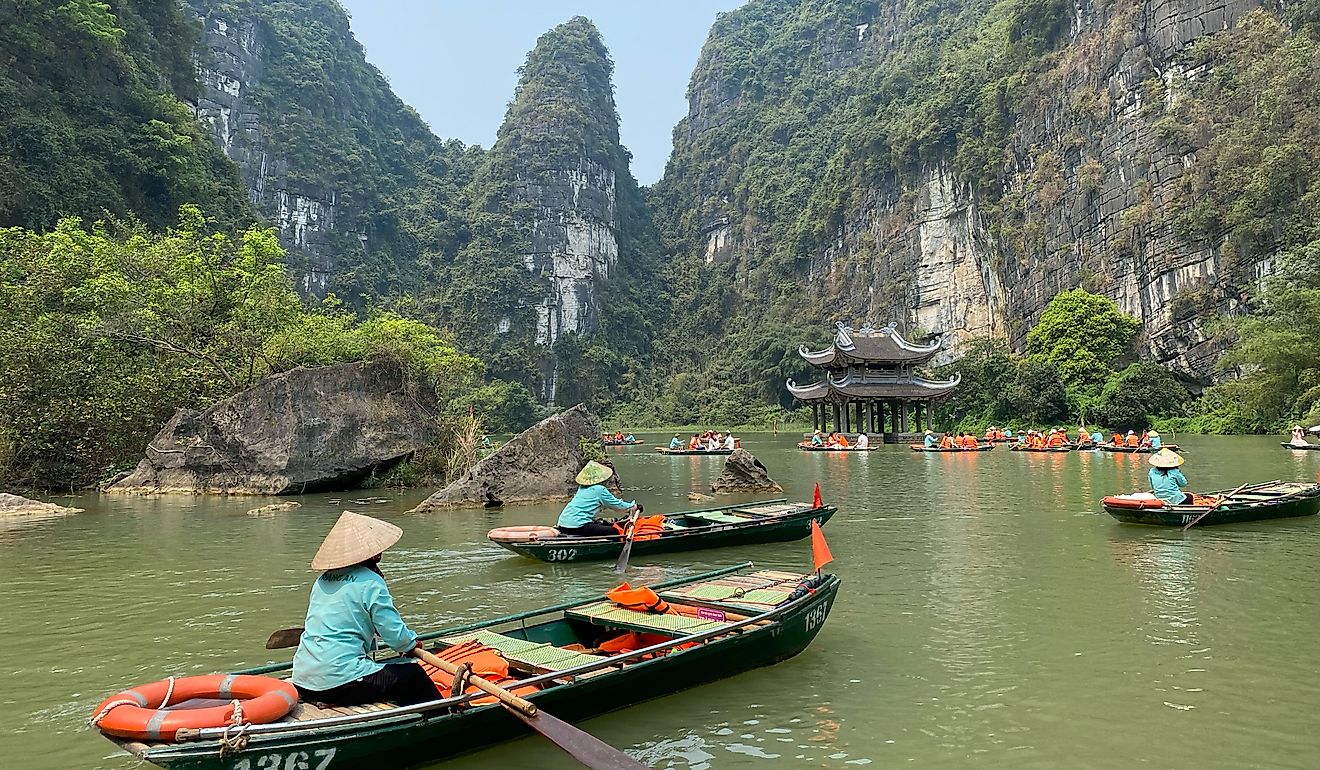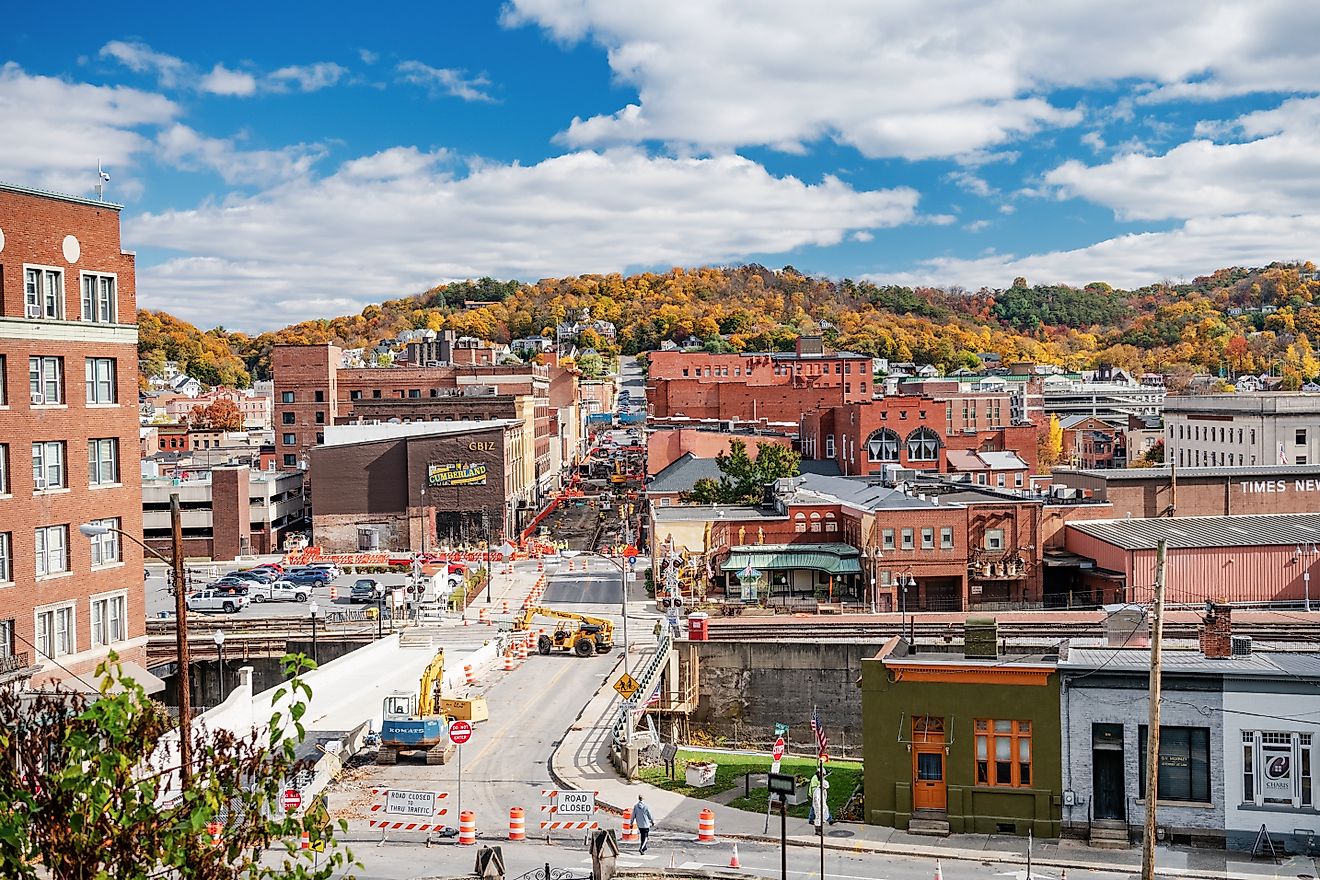Top 10 Tourist Destinations in Ireland

Ireland offers a lot of excitement for both outdoor enthusiasts and city lovers alike. Below are some of the most captivating sights the country has to offer, many of which are culturally enriching, physically breathtaking, or both.
10. Cliffs of Moher

The Cliffs of Moher is perhaps the most breathtaking part of Ireland’s rugged western coastline. At approximately 5 miles long and 700 feet above sea level, the majestic cliffs tower over the Atlantic Ocean. From the top of the cliff, one can view the Aran Islands, Twelve Pins, and Galway Bay. It is one of the most visited landscapes in Ireland, attracting more that 1 million people per year. Cool winds blowing from the Atlantic Ocean makes the experience at the top of the cliff unforgettable.
9. Cork

Cork is the second largest city in Ireland after Dublin. In its history, the city has been both attacked by Vikings and occupied by English forces. A large portion of the city was also burnt down in 1920 during the Irish Civil War. Today the city has been rebuilt and is a major tourist attraction. At its heart is the world-renowned English market where local sweets and agricultural products can be found.
Six miles to the northwest of the city is the Blarney Castle, renowned for the Blarney Stone which is believed to gift the Irish "gift of the gab" to those who kiss it.
8. Killarney

The town of Killarney is located in southwest Ireland. It is home to Killarney National Park, which was established in 1952. The 10,236-hectare park is home to various species of birds, insects, and fish. Tourists can also visit the Muckross House Gardens & Traditional Farms where Queen Victoria famously stayed in 1861. A trip to Killarney is not complete without riding on the "jaunting cars" that are used for touring local sites.
7. Dublin

Dublin is the capital of Ireland and is home to more than a third of the country’s population. The city has a laid-back atmosphere that many visitors often remark makes the town seem small, unlike other European cities. Lovers of art and literature can visit the Book of Kells at Trinity College which was founded in 1592 by Queen Elizabeth I. The Guinness Storehouse, as well as the pubs in Temple Bar, is a must visit for those seeking a unique nightlife experience. The historic cathedrals such as St. Patrick’s and Christ Church illustrates the religious beliefs of the people of Ireland.
6. Kilkenny

The town of Kilkenny lies on the bank of River Nore in southeast Ireland. It is characterized by winding streets and Georgian houses. It is the most visited place in Ireland, partly due to the popular tourist attraction of Kilkenny Castle. The castle was constructed in the early thirteenth century, although the present castle has undergone significant facelifts ever since its initial building. Visitors who prefer outdoor activities can also visit the Dunmore Cave that was used by traders starting from as early as the 9th century.
5. Galway

Galway is situated on Ireland’s west coast. The Aran Islands and the mountainous Connemara region are some of the best sites to visit in Galway. Art shops and galleries fill up the city, many of which are located along the winding lanes and cobblestone streets. The city’s atmosphere is often filled with live music. Visitors can also visit the J.F. Kennedy Park - home to the old city gates and its defending cannon. For those seeking music and festivals, the city holds the annual summer Galway Arts Festival.
4. Bru Na Boinne

The Bru Na Boinne in Boyne Valley provides a mind-boggling testament to Ireland's history. It consists of some of the oldest burial mounds and tombs in the world, three which have been excavated and opened to the public. Tourists can visit the site by joining a formal tour group that is organized in the Brú Na Bóinne Visitor Centre. It is open year-round, although operating hours are longer in the summer season.
3. County Donegal

County Donegal is located in the "Border Region" in the norther part of the Republic of Ireland, bordering Northern Ireland. The area offers diverse tourism attractions that attract approximately 174,000 foreign visitors and nearly 500,000 domestic tourists. Tourists visit the county to experience the beautiful beaches and marvellous outdoor scenery. Major attractions include Mount Errigal, Carrickfinn Beach, and Glenveagh National Park. During the Autumn, scores of visitors tour the Emerald Isle's forests and parks, areas that experience a resurgence of birds and insects. Visitors can also experience local festivals and sporting events.
2. Waterford

Waterford is located in southeast Ireland. It is the country’s oldest city with a history of more than 1000 years. The city of Ireland boasts of a colorful past including the Vikings, Norman Warriors, and the Cromwellian siege of the 1600s. In recent years, the city has worked to restore its historic properties, including the walls around the city. In the countryside of Waterford exists the Lismore Castle, one of the most visited castles in Europe.
1. Sligo

Sligo is a city located is located in western Ireland, the second largest in the region behind Galway. It had a population of 20,000 in 2014. It is a fantastic base for those who wish to explore the western region of Ireland. Sligo is also in proximity to the picturesque Dartry range, which is home to the famous Bebulben, often nicknamed as "Ireland's table mountain". Besides natural scenery, the Sligo Abbey is another site of interest. Sligo also offers an arrangement of shopping opportunities and quaint bed and breakfasts.











